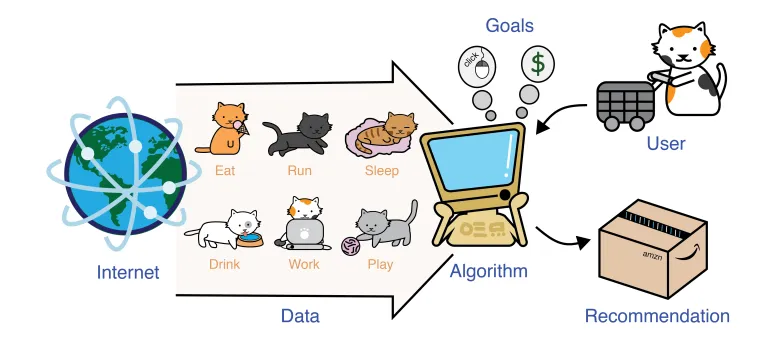Topic Modelling & Text Classification Solution
Automated topic modelling & classification pipeline extracting actionable insight from large volumes of customer chat data—enabling fast analytics with minimal intervention.
Description
The client required a system capable of automatically categorizing incoming customer chats into predefined topics. Using machine learning algorithms, the system first identified key themes within historical data and then classified new chat messages into appropriate topics for faster issue resolution and better customer understanding.
Key Challenges
- Extracting meaningful insights from large amounts of unstructured text data.
- Executing complex classification algorithms at scale using traditional systems.
- Performance limitations due to slow RAM and restricted server storage.
Solution
To enable high-speed processing and scalability, I designed and implemented a PySpark-based solution on a big data platform. The automated pipeline performs the following steps:
- Reads and cleans raw chat data through text preprocessing routines.
- Applies topic modelling algorithms to identify patterns and key discussion areas.
- Uses a classification model to automatically bucket unseen chats into relevant topics.
Leveraging PySpark’s distributed processing capabilities, the pipeline executes within seconds even on large datasets. Final implementation achieved over 85% classification accuracy.
Key Benefits
- Reduced total processing time to approximately 3 minutes.
- Delivered accurate automated topic categorization with 98% less manual intervention.
- Enabled detailed insights on topics, sentiment, and resolution focus areas.
- Optimized computing efficiency via distributed execution.
- Minimized overall operational cost through full automation.
Tech Stack
- PySpark distributed processing
- Topic modelling algorithms
- Text preprocessing routines
- Classification model
Pipeline Visual
